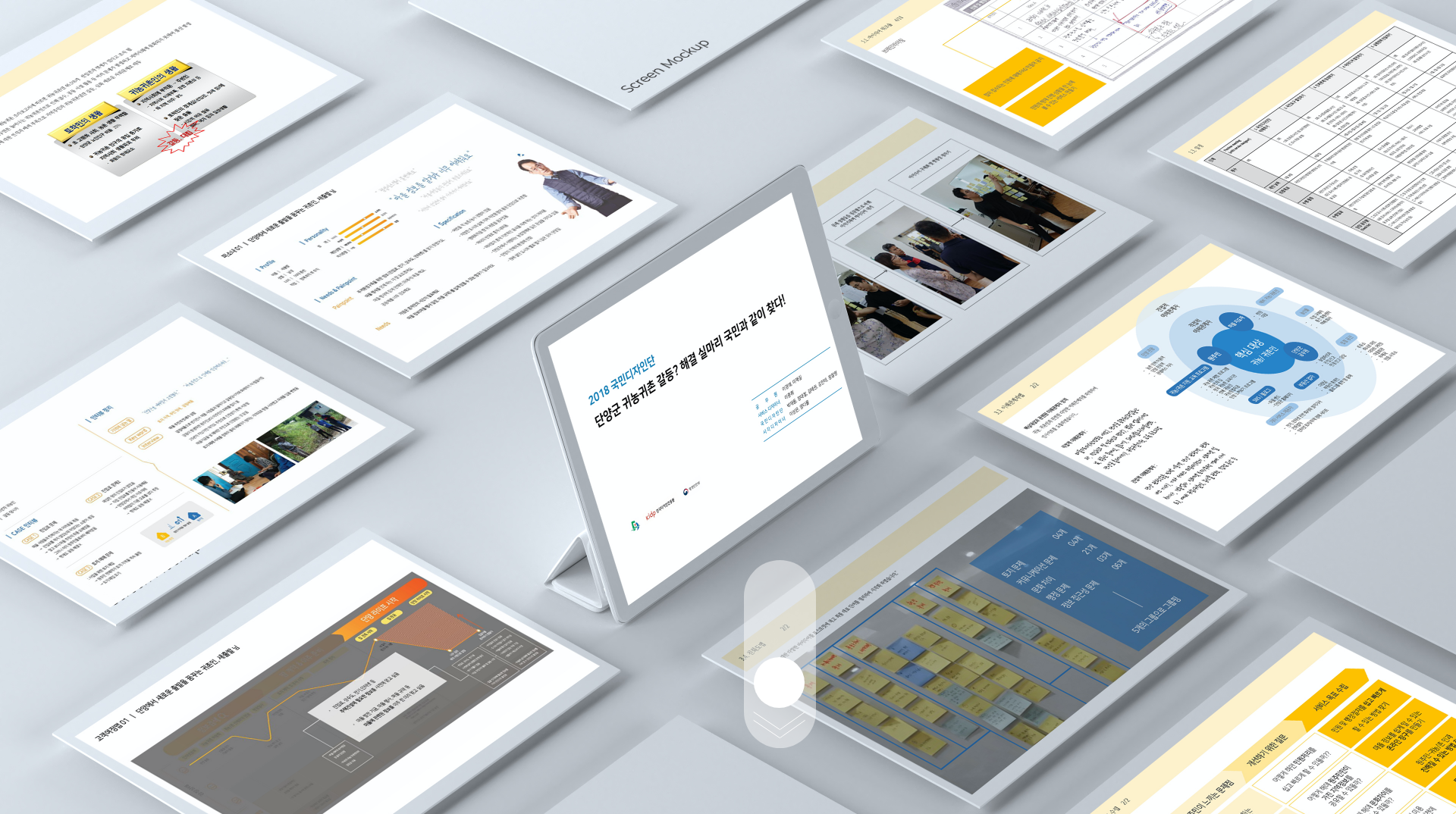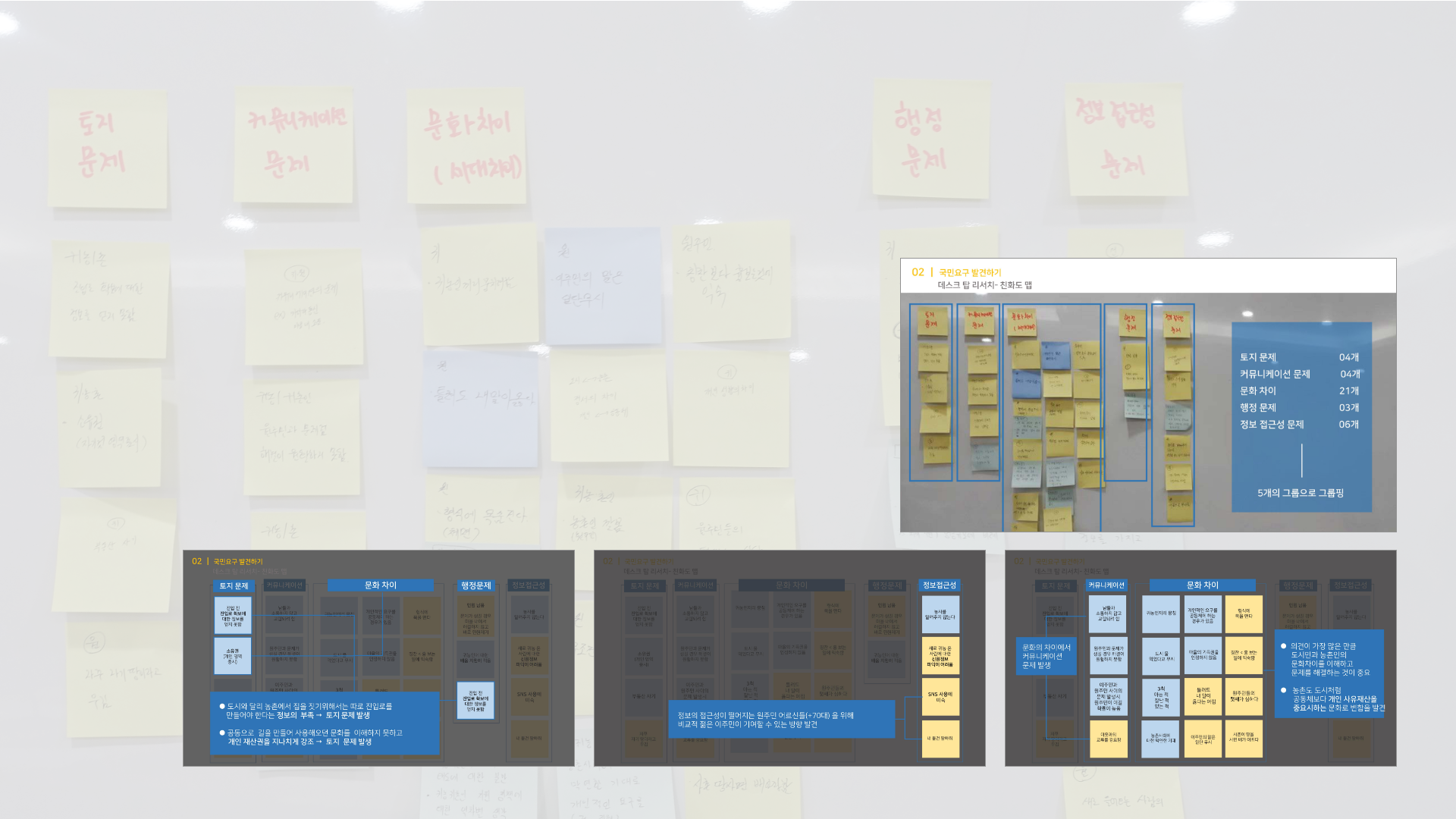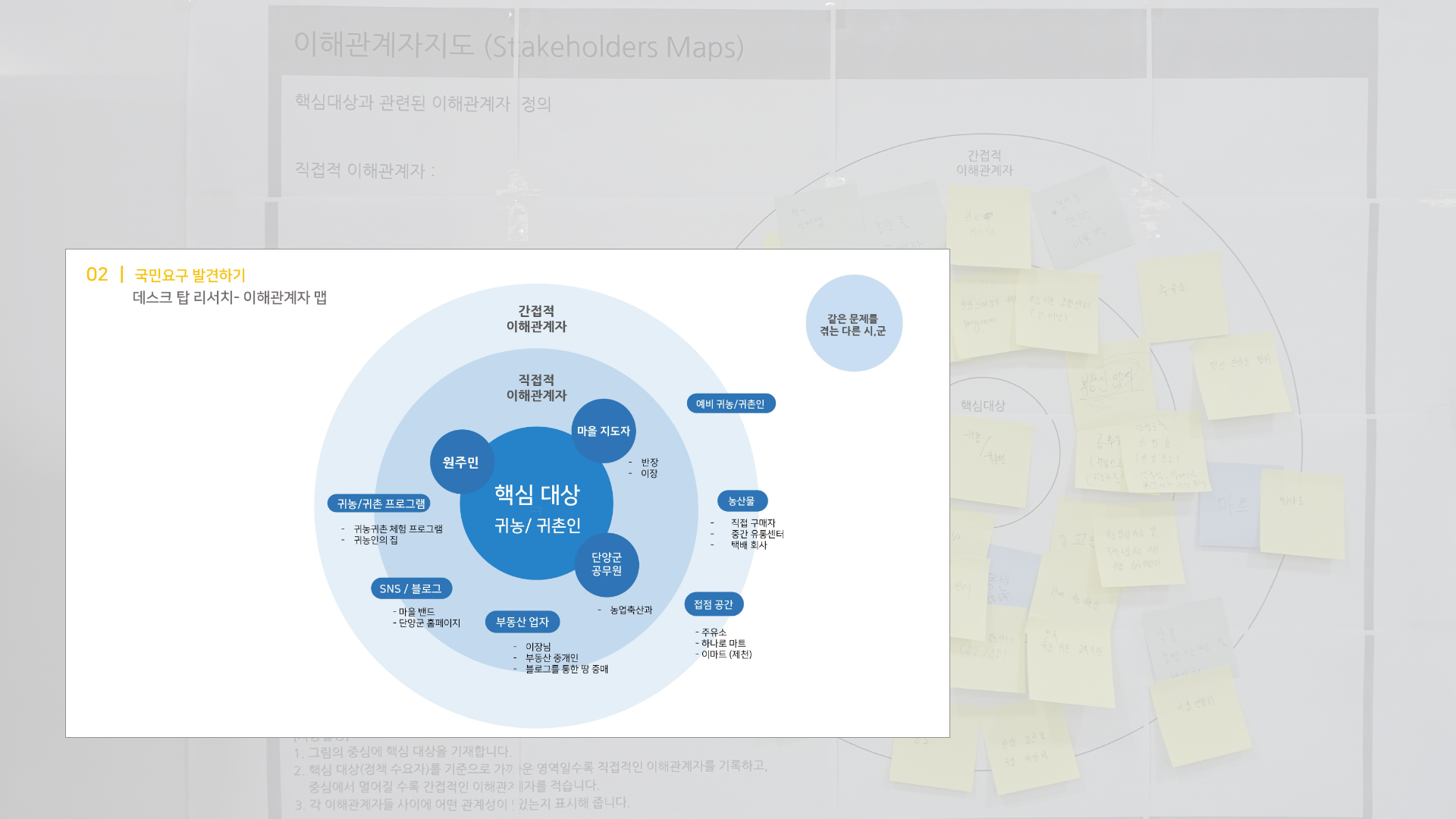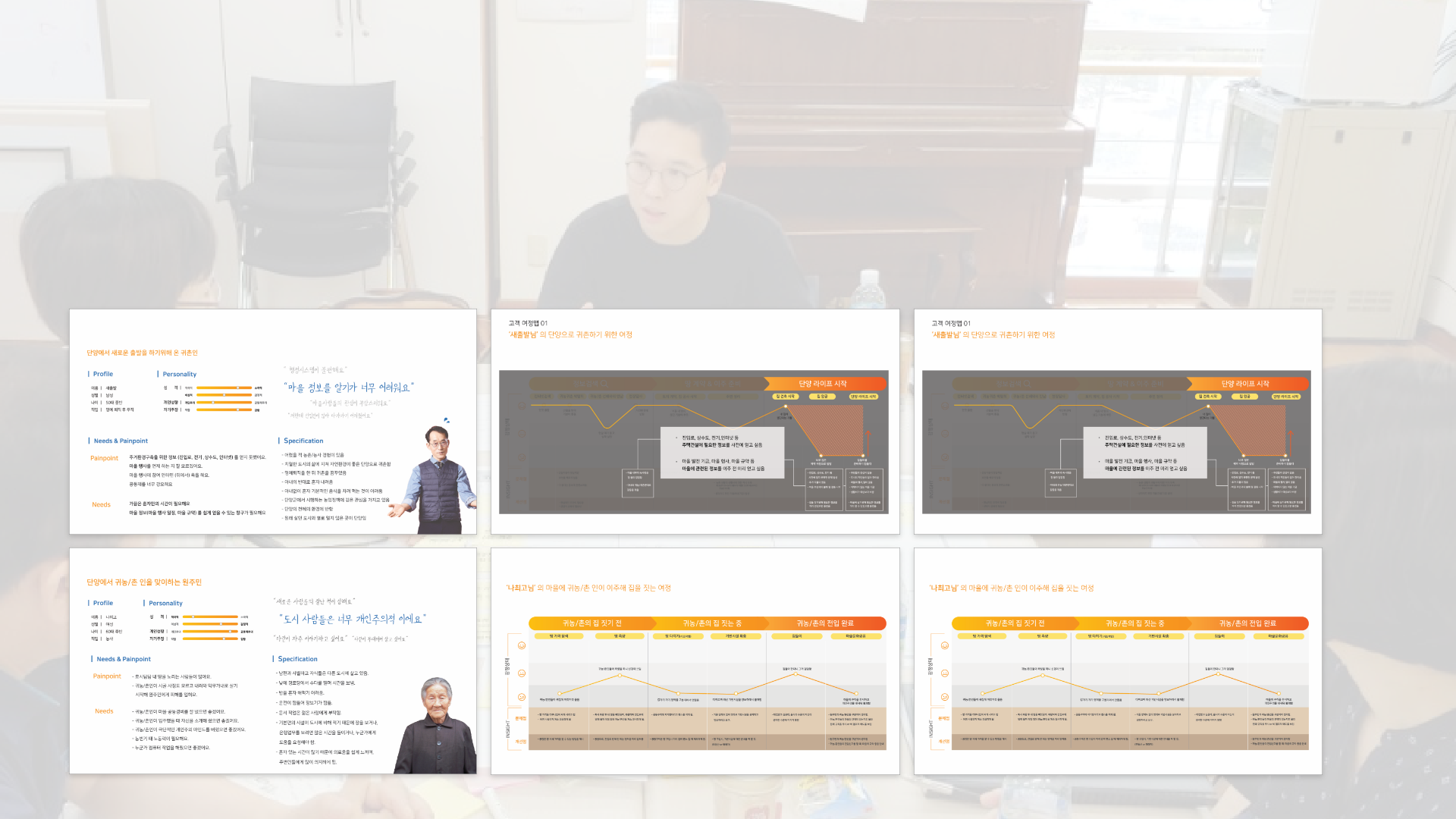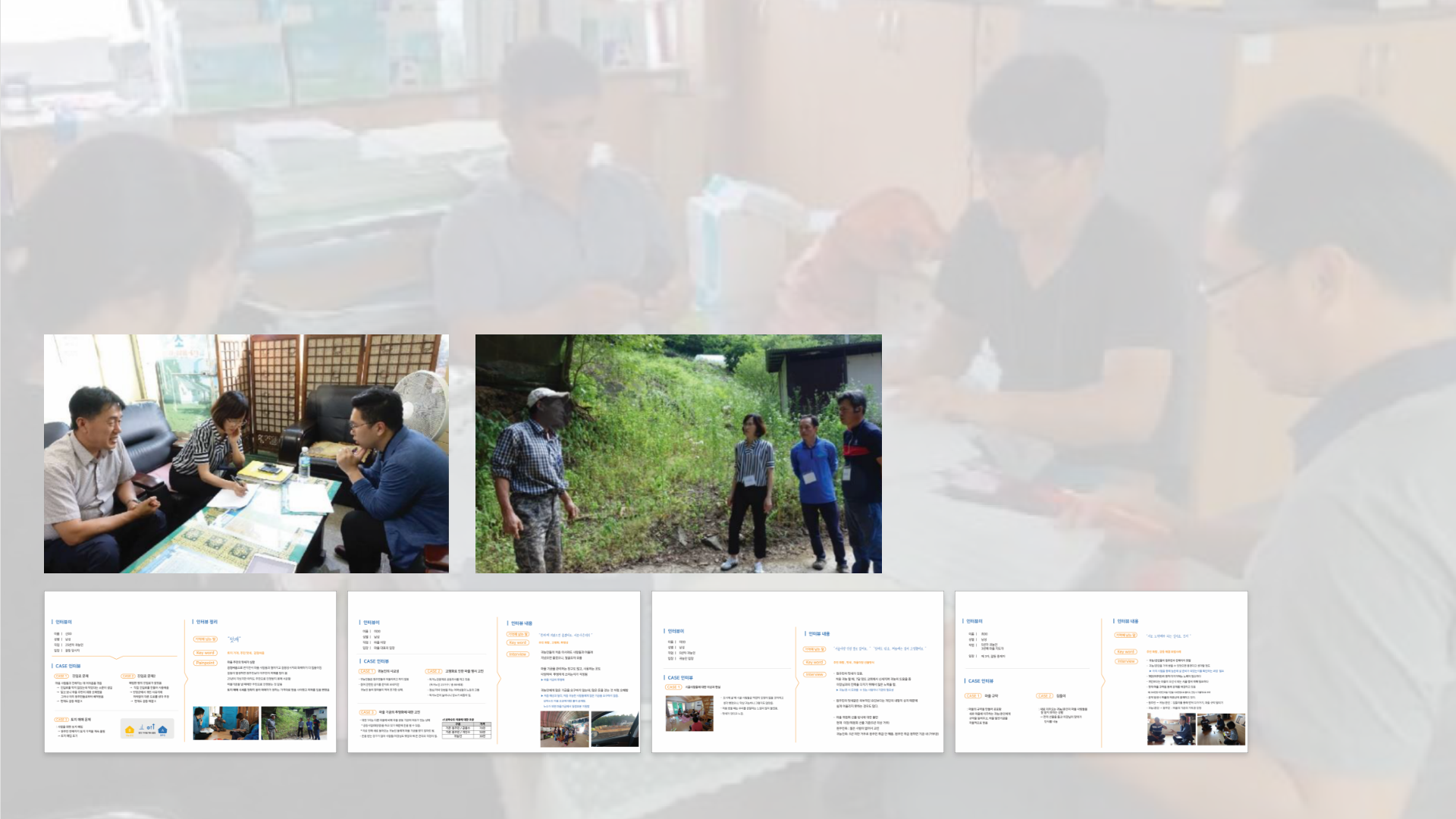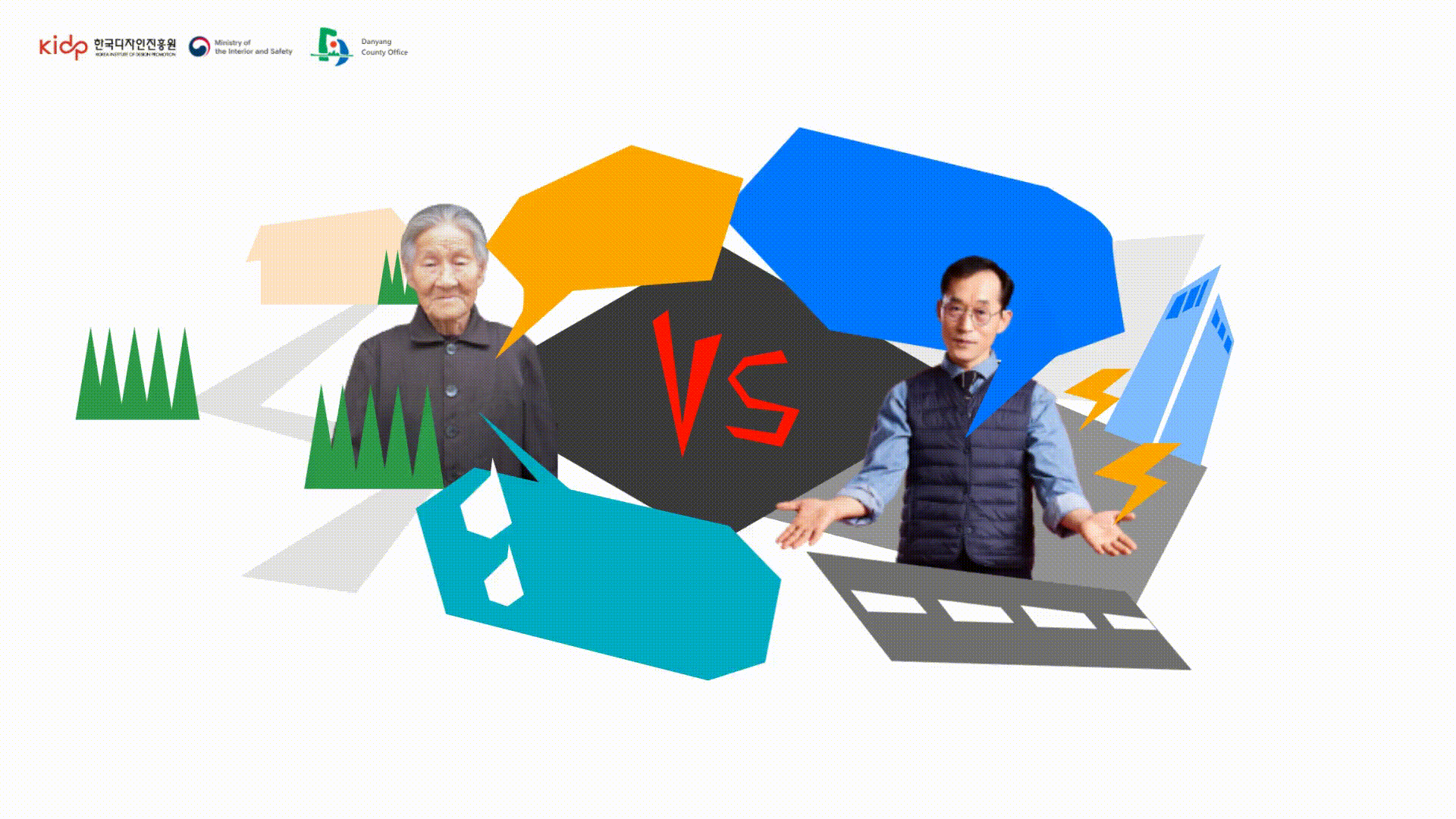What made conflicts
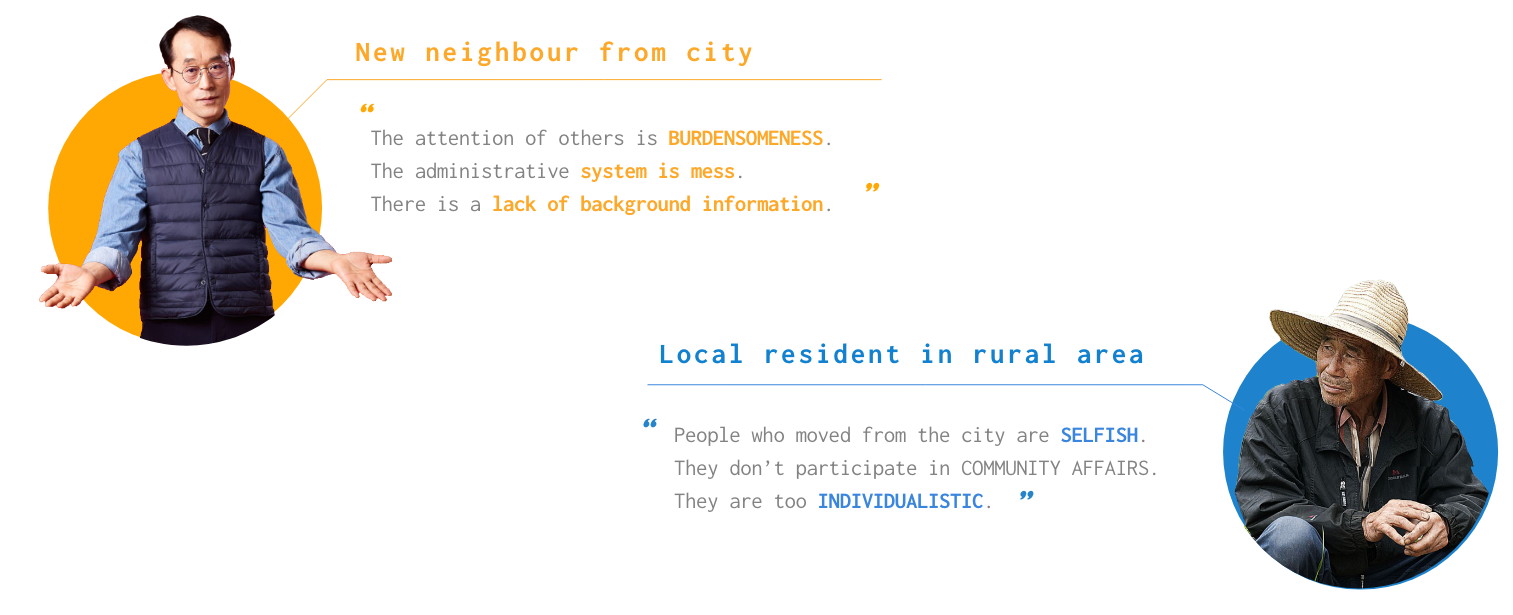
The state government of Korea was implementing a policy to encourage moving to rural areas to prevent the village's production population from decreasing as the countryside ages, but the population kept decreased due to conflicts between people who retired from the city and moved into rural villages and residents. With my team, I interviewed 20 people to define the problem, and I found a pattern of conflicts, which was caused by different living conditions between cities and rural areas.
Unlike cities, rural areas often lacked infrastructure, so residents supplied roads, electricity, or water on their own. In addition, there were self-government rules because they aimed for community life rather than a personal one, which led to problems that those who moved from the city felt infringement from locals.
Solution
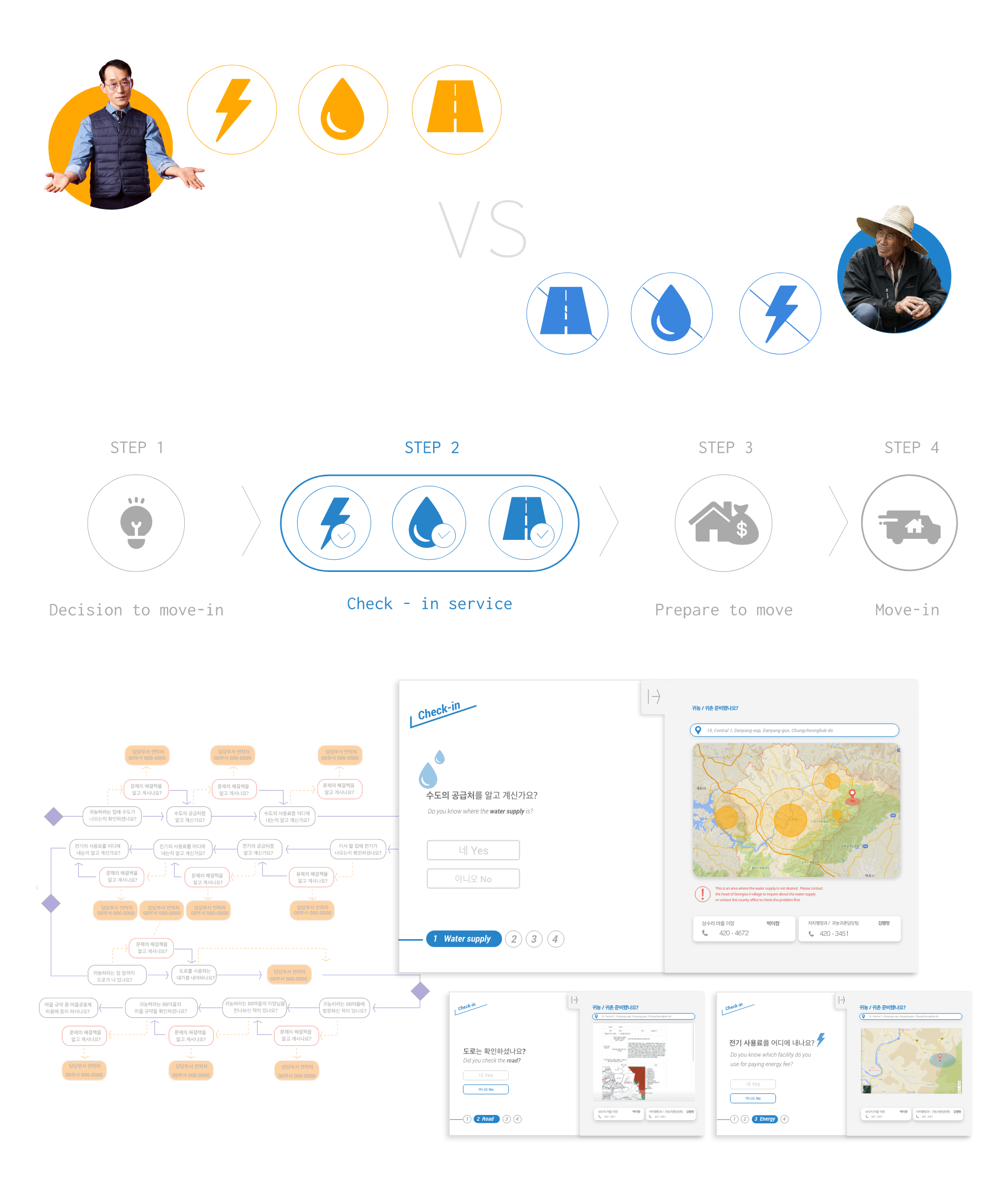
My team suggested solution: before a person who lived in the city want to move to a rural area, they are able to check things online that could cause conflicts in advance, such as self-government regulations, water and electricity supply, and roads. It leads to prevent conflicts by experiencing areas to move in, and as a result, it was selected as an excellent solution and won the Administration Minister's Award in 2018.
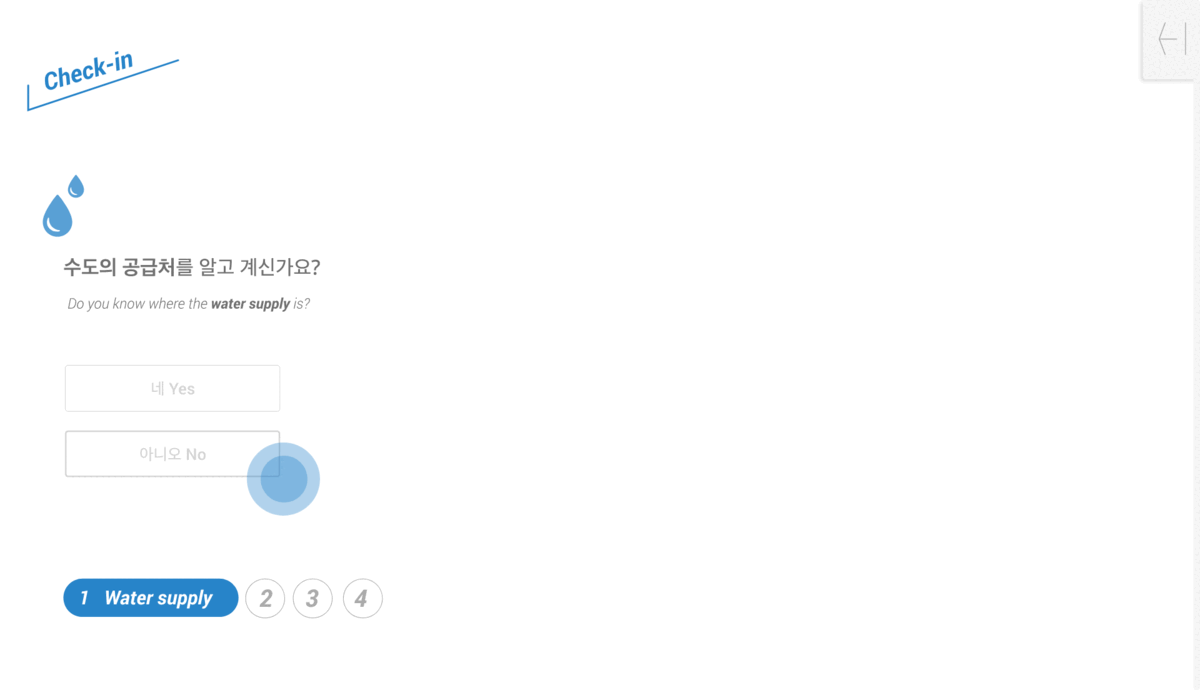
Co-design
The difficulty of this project was that human conflict is complicated due to various causes and human emotions involved. The characteristic of Korean rural residents I found was that when an incident occurs, they postpone the problem rather than solve it immediately, and it became a serious conflict. Through this, I was able to decide it is more efficient that prevent conflicts than mediate that.
For Co-design, I set a group of various people, for instance, those who moved to the countryside, the chief of the village, real estate agents. With them, I proposed and tested solutions, and discussed with public officials to check the possibility of policy implementation.
